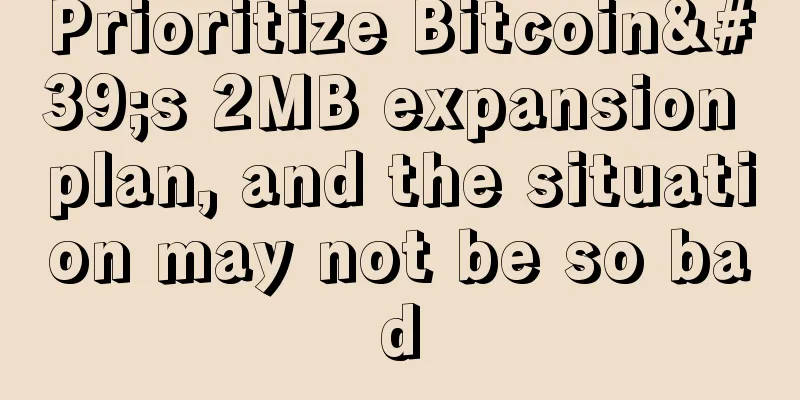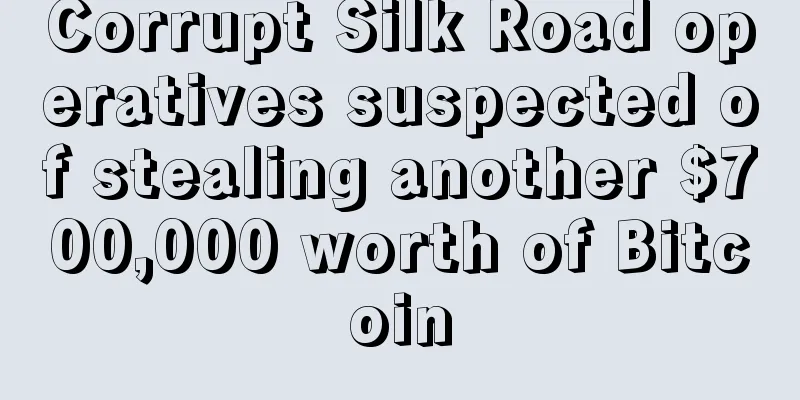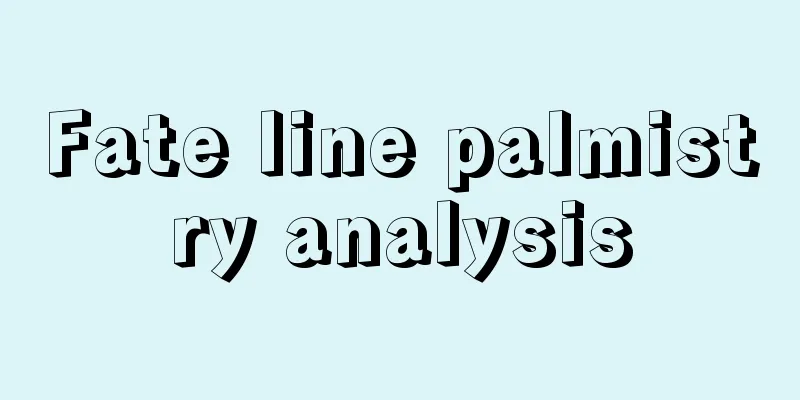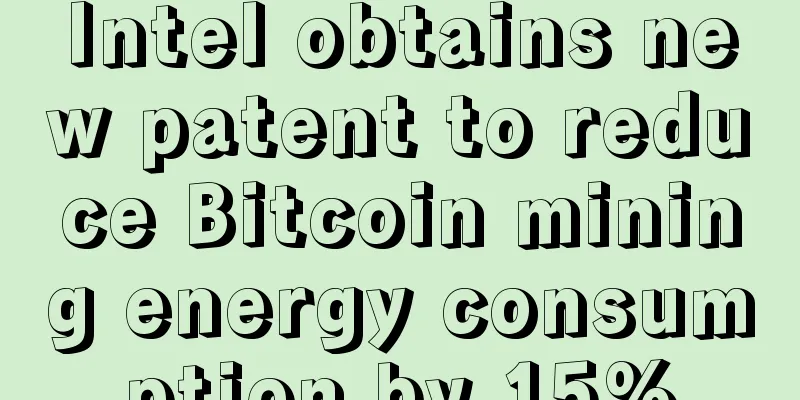Prioritize Bitcoin's 2MB expansion plan, and the situation may not be so bad

|
I am a supporter of Bitcoin Classic. The opinions expressed in this article are my own and do not represent OpenBazaar (our company remains neutral). We believe that no matter what the outcome of the block size discussion is, it will not affect the operation of OpenBazaar. After reading the core developers’ statements and conversations, I personally believe that the core developers will never be able to implement a version of Bitcoin that can support the desired transaction capabilities. Regardless of what level of scaling they may ultimately mandate, even after deploying SegWit, they will still be creating a “fee market” by suppressing on-chain transaction capacity below market demand. Based on their perspective on this, my understanding is that they are doing this to maintain financial incentives for miners when block rewards fail to subsidize miners. In other words, they hope to create an environment that subsidizes miners sufficiently to ensure that they continue mining and protect network security. There are only two ways to achieve this: 1. Reduce the number of transactions on the entire network to below market demand, thereby raising transaction fees Bitcoin core developers do not support the second option because the resources required to run a full node will increase due to some factors. For miners, this is also normal and can be regarded as a normal operating cost. However, there have been significant improvements in block propagation (using thin blocks, IBLT, etc.), so the impact will not be too great. But for full nodes relaying and validating transactions, without subsidies, they are in a worse situation. The cost of running a full node + validating goes up, their benefits go to zero, and there are fewer checks and balances in the Bitcoin network. So the Bitcoin core developers told us that a larger block capacity would destroy the decentralized nature of the Bitcoin network. Why does it matter? Fewer miners and full nodes could undermine the low switching costs of censorship-resistant transactions and the general protections of consensus rules. Honestly, my observation is that Bitcoin Classic supporters tend to minimize these concerns. Bitcoin Classic supporters see a major problem in the approach favored by core developers to limit transaction capacity and increase fees. Reducing the number of transactions on the chain while demand continues to increase over time will create an unpredictable environment. Over time, users will find that no one is checking their transactions. As an aside, I think mechanisms like replace-by-fee make things worse, not better. Why? If the fee required to submit a transaction from the memory pool to the blockchain exceeds the purpose of the transaction, then the trader will not send the transaction. Uncertainty kills confidence. If it is unpredictable, it will be difficult for users to predict whether a transaction will work. Secondly, as the handling fees increase,
This brings us to the third and most devastating risk: ordinary users being squeezed out of on-chain transactions. If ordinary users cannot trade on the chain, then what reason do they have to stay in the Bitcoin space? Capable institutions can use the Bitcoin network, and users can participate in Bitcoin transactions through these institutions, but what is the difference between this and traditional fiat currency transactions? They will face the same centralization risks. If the Bitcoin Core developers’ initiative is adopted, we then need to determine what transaction fees are appropriate for end users. Specifically, we ask:
According to my rough calculations, if the block size remains at 1 MB, transaction fees will need to rise from today’s level of ~$0.08 to: $1.50/transaction: to subsidize mining costs $5.00/transaction: 100% of block rewards are replaced by transaction fees Below is when the block size is 2, 4, and 8MB respectively: Similarly, if we take the approach of Bitcoin Classic, we need to determine the block size:
According to my rough calculations, if transaction fees remain at $0.08, the block size needs to increase from 1 MB to: 19 MB: to subsidize mining costs (consistent with estimates by Jonathan Toomim [Slide 26], a Bitcoin Classic participant and miner) 63 MB: In place of block rewards I put all of this in a spreadsheet and calculated the values. I hope that readers will give me feedback after reading it and I will correct it to make it more accurate. If there are enough feedback, I will write a follow-up article with more accurate predictions. Each of these approaches has a potential for adverse consequences. Worse, the certainty of each outcome is currently unclear. To be sensible, we must first acknowledge that: Core developers may have miscalculated the risks of decentralization Classic may have miscalculated that if the blocks were full, Bitcoin would be lost to consumers. With so much uncertainty for so long, anger and frustration have reached a breaking point, and the polarization of the Bitcoin community shows that each side has no patience to listen to the other. We desperately need to find common ground before things get bad. How we solve problems togetherI think Core and Classic share the same values in these two aspects: 1. Bitcoin’s decentralized nature should not deteriorate further 2. The feature that everyone can participate in on-chain transactions should not be further deteriorated Right now, a 2 MB patch is unlikely to significantly threaten either of these values, and will give us more time to come up with other effective upgrade strategies, such as Segregated Witness. If Bitcoin Core announced today that they would prioritize the 2 MB increase, the current crisis would be resolved immediately. Miners would be on Core's side, and the community would not feel ignored by Core. Unfortunately, Bitcoin Core prioritized SegWit. I certainly like SegWit, but the scale of the code update, the way it is deployed, and the requirement for wallets and libraries to re-implement the way they constitute transactions means it will take a long time (at least 1 year+) to see any effects. Dr Washington Sanchez is the co-founder and co-developer of OpenBazaar Original article: https://medium.com/@drwasho/how-to-stop-a-bitcoin-hard-fork-or-how-to-accelerate-it-2197a08196ec#.ads6xa3ig |
<<: Research on the application of blockchain technology in the field of bill P2P
>>: Bitcoin and Blockchain - Bretton Woods 2015 White Paper Released
Recommend
Complete illustration of moles on the back for women: May become a famous author!
How do women interpret moles on their backs? In m...
Women with the "川"-shaped palm lines have good fortunes and their lives will get better and better.
Women with the "川"-shaped palm lines ha...
Annual Review | 2019 Cryptocurrency Scams
Projects that use the name of blockchain for spec...
The face of a law-abiding woman
The face of a law-abiding woman Since ancient tim...
Women without nose bridge have good luck with noble people.
We usually know that people with high noses have ...
Contract Coin Ethereum Virtual Machine + Bitcoin Blockchain, the era of Bitcoin smart contracts is coming
Two weeks later, Counterparty plans to embed the ...
Palmistry shows which people are good at doing business and living a wealthy life
Some people seem to be born rich. They are capabl...
Is it true that if a woman's marriage line sags, her husband will die in an accident?
Is it good for a woman’s marriage line to sag? Th...
The road to $120 billion: A review of Tether’s development and outlook for the next decade
Tether is the largest company in the digital asse...
Data shows traders rush to buy altcoins as Bitcoin dips to $50,000
Bitcoin’s recent decline has temporarily pulled i...
The 4th Blockchain International Summit 2017 will be held in Shanghai
As a revolutionary underlying technology tool, bl...
The wisdom line in palmistry shows whether you are smart or not
Whether a person is smart or not can be seen from...
Small eyes are not good-looking, but they have many advantages
Small eyes are not good-looking, but they have ma...
What does a woman with a wide nose look like? What does it represent?
Want to know what a woman with a wide nose looks l...
Bitmain launches new Antminer X3 overseas
Coin mining network news: Bitmain launches new An...









